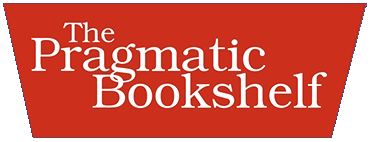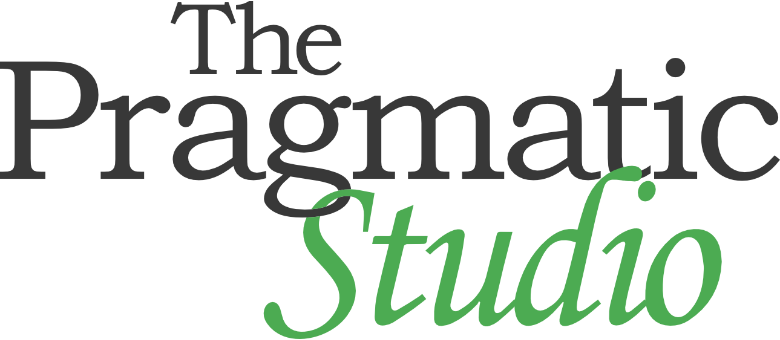CommunityNews
Introduction to Computational Thinking - with Julia
This is an introductory course on Computational Thinking. We use the Julia programming language to approach real-world problems in varied areas applying data analysis and computational and mathematical modeling. In this class you will learn computer science, software, algorithms, applications, and mathematics as an integrated whole.
We plan to include the following topics:
- Image analysis
- Machine learning
- Dynamics on networks
- Climate modeling
https://computationalthinking.mit.edu/Spring21/
This thread was posted by one of our members via one of our news source trackers.
Popular Backend topics

Take your Go skills to the next level by learning how to design, develop, and deploy a distributed service. Start from the bare essential...
New
Learning Clojure involves much more than just learning the mechanics. To really get Clojure you need to understand the ideas underlying i...
New
Dig under the surface and explore Ruby’s most advanced feature: a collection of techniques and tricks known as metaprogramming.
Pa...
New
It's easier to learn how to program a computer than it has ever been before. Now everyone can learn to write programs for themselves—no p...
New
This project based book gets you up to speed on building and deploying Elixir IoT applications using Nerves, as you develop a real-world ...
New
Level up your Rust programming skills with a series of brain teasers as you discover some of the unexpected Rust behaviors and challenge ...
New
Build a working binary clock using Elixir, Nerves, and OTP. Control complexity in your projects using a layered approach to software desi...
New
Build efficient applications that exploit the unique benefits of a pure functional language, learning from an engineer who uses Haskell t...
New
A masterclass in the fundamentals and principles of functional programming.
Minh Quang Tran
The Art of Functional Programming is a ma...
New
Use advanced functional programming principles, practical Domain-Driven Design techniques, and production-ready Elixir code to build scal...
New
Other popular topics

I am thinking in building or buy a desktop computer for programing, both professionally and on my free time, and my choice of OS is Linux...
New
Please tell us what is your preferred monitor setup for programming(not gaming) and why you have chosen it.
Does your monitor have eye p...
New
New
poll
poll
Be sure to check out @Dusty’s article posted here: An Introduction to Alternative Keyboard Layouts It’s one of the best write-...
New
If you are experiencing Rails console using 100% CPU on your dev machine, then updating your development and test gems might fix the issu...
New
Think Again 50% Off Sale »
The theme of this sale is new perspectives on familiar topics.
Enter coupon code ThinkAgain2021 at checkout t...
New
There appears to have been an update that has changed the terminology for what has previously been known as the Taskbar Overflow - this h...
New
Author Spotlight:
Bruce Tate
@redrapids
Programming languages always emerge out of need, and if that’s not always true, they’re defin...
New
Get the comprehensive, insider information you need for Rails 8 with the new edition of this award-winning classic.
Sam Ruby @rubys
...
New
This is cool!
DEEPSEEK-V3 ON M4 MAC: BLAZING FAST INFERENCE ON APPLE SILICON
We just witnessed something incredible: the largest open-s...
New
Categories:
Sub Categories:
Popular Portals
- /elixir
- /rust
- /ruby
- /wasm
- /erlang
- /phoenix
- /keyboards
- /python
- /js
- /rails
- /security
- /go
- /swift
- /vim
- /clojure
- /emacs
- /java
- /haskell
- /svelte
- /onivim
- /typescript
- /kotlin
- /crystal
- /c-plus-plus
- /tailwind
- /react
- /gleam
- /ocaml
- /elm
- /flutter
- /vscode
- /ash
- /html
- /opensuse
- /centos
- /zig
- /deepseek
- /php
- /scala
- /react-native
- /sublime-text
- /lisp
- /textmate
- /debian
- /nixos
- /agda
- /kubuntu
- /django
- /arch-linux
- /deno
- /ubuntu
- /revery
- /nodejs
- /spring
- /manjaro
- /lua
- /diversity
- /markdown
- /julia
- /slackware










